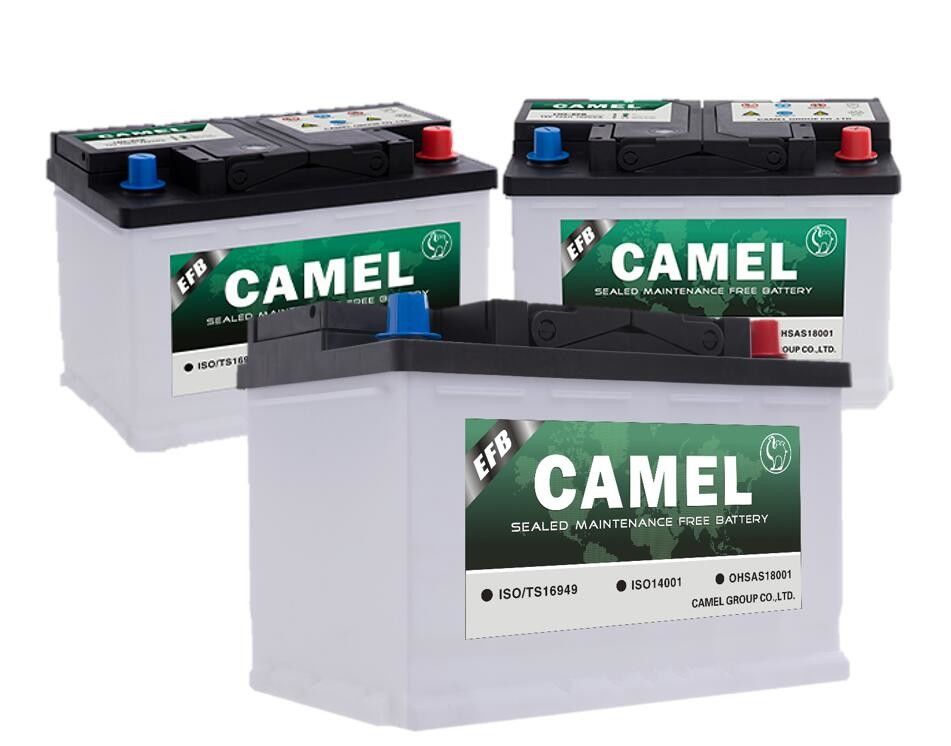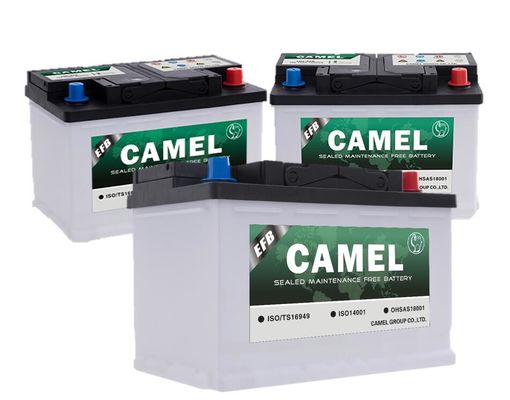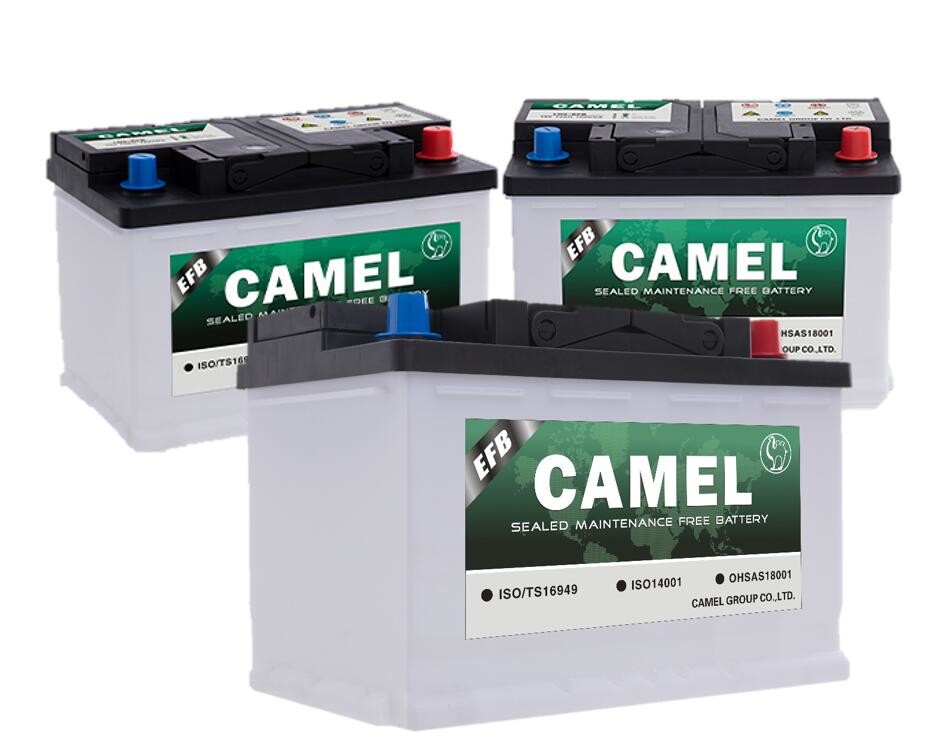12V 70Ah Lead-acid EFB Battery For Start-stop System
EFB stands for enhanced flooded battery. From the name we can know that the EFB battery offers advantages over traditional flooded lead acid battery, allowing for a more consistent flow of power. With thicker plates, EFB allows them to be discharged much deeper than traditional vehicle batteries. An EFB will stand up to the larger number of cycles required by a start-stop system, while still providing the power to run electric appliances like lights, radios etc. The EFB battery also has a longer lifespan to save the total operation cost of the user.
Product Features
Longer Service Life
The EFB battery can frequent start for more than 50,000 times.
Excellent Discharge and Charge Performance
It can provide excellent discharge performance and fast charging speed, which helps to save fuel consumption. With its excellent characteristics, the battery can be quickly restored to a fully charged state after the vehicle is started, and its low self-discharge rate enables long-term storage.
Adapt to Wide Temperature Range
The automotive EFB start stop battery has a stable performance under environment from -40℃~80℃.
Fuel Consumption Reduction
The fuel consumption reduced under comprehensive conditions and 80% of the capacity is restored after the engine is started, while also helping to save fuel by extending the life of other components in the vehicle.
Product Model
| Type |
20Hr
(Ah)
|
RC
(min)
|
CCA/SAE(A) |
Dimensions(mm)
L*W*H
|
Terminal
(Layout /Type)
|
Hold Down |
Weight
(kg)
|
|
S-95
S-95L
|
70 |
120 |
645 |
260*172*221 |
0/1 |
B07 |
19.7 |
Applications
EFB batteries are suitable for the operation under partial state of charge(PSOC) conditions, and these applications do not require the same deep cycling characteristics like AGM batteries. Its special alloy, lead paste formula and new separator have greatly improved the service life, water loss and low temperature cranking performance of EFB batteries, with more than 65,000 frequent start-stop.

About Camel
Founded in 1980, Camel Group Co., Ltd.(Stock No: SH601311) is specialized in the R&D, production and sales of lead-acid batteries, with the production of EV lithium-ion battery and used battery recycling as the supplement. Camel is the largest and leading car battery manufacturer in Asia.
Currently, Camel has four major brands, which are CAMEL, HUAZHONG, SWAN, DF. With over 400 types of products covering automotive starter battery, start-stop battery, lithium-ion battery, traction battery, etc. Camel batteries are widely used in cars, trucks, agricultural vehicles, golf carts, electric vehicles and other applications.
The core competitiveness of Camel Group stems from continuous independent innovation, clear development strategy and efficient execution, which are all based on having an enterprising and innovative management and technical team. To ensure the technological leadership in the industry, Camel has continuously increased R&D investment and introduced the world's leading automatic production lines, and advanced R&D and testing devices. The professional R&D institute under the company is recognized as state-level enterprise technology center. Camel also has academician expert workstation and state-level laboratory. As a high-tech enterprise supported by the state, Camel has entered the field of new energy vehicle prospectively, committed to green energy manufacturing and recycling, and opening a low-carbon life for mankind.


FAQ
1. Why is there a possible battery explosion? And how do we prevent it?
A: A lot of hydrogen and oxygen will be produced during the charging process of battery. When the concentration of the mixed gas reaches 4% in the air, if sparks generated due to loose wire connection or open fire from outside interferes, there is a possibility that explosion may occur, which will damage the battery or even injure people and things. Preventions are as below:
a. Control the power charged, avoid overcharge, to reduce the amount of gas degassed.
b. No open fire near the batteries during charging process and keep good ventilation.
c. During charging, the connection should be firm to avoid sparks due to loose connection.
d. Adopts constant current and limited voltage charging method, which generates less gas evolution.
e. Prevent sparks or even fire and explosion due to short circuit.
f. Keep the degassing hole unobstructed for the maintenance-free sealed batteries, otherwise, the increased internal pressure may accumulate too high to cause bulge or even explosion.
2. Why the capacity is decreased?
A: If battery shows insufficient capacity during usage, or capacity cannot meet rated capacity value, we should firstly consider the possibility of insufficient charge or insufficient recharge after usage. Check if the electrolyte density is too low, of if the electrolyte level increases after recharge.
a. Sulfation (over-charge, repeated charge, hydrotherapy for desulfurization)
b. Pollution of electrolyte (after multiple flushing with distilled water, change the electrolyte)
c. Whether batteries show partial short circuit.
d. Phenomena like grid corrosion, plate breakage, active mass shedding etc. at the end of service life.

 Your message must be between 20-3,000 characters!
Your message must be between 20-3,000 characters! Please check your E-mail!
Please check your E-mail!  Your message must be between 20-3,000 characters!
Your message must be between 20-3,000 characters! Please check your E-mail!
Please check your E-mail! 



